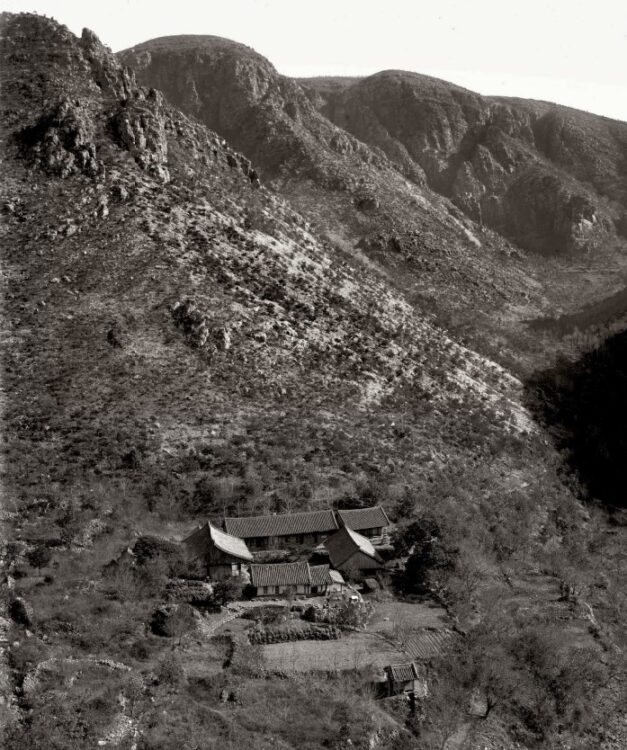
Temple History
Songbulsa Temple [Seongbulsa Temple] is located in Sariwon, Hwanghaebuk-to, North Korea. Additionally, Songbulsa Temple is located inside the Mt. Jongbangsan [Jeongbangsan] Fortress in the southwest corner. The fortress was rebuilt in 1632 to ward off Japanese pirates. And for the rest of this article, it should be noted, that the spelling of North Korean places will use the North Korean style of spelling. As for the temple, it was first founded in 898 A.D. by Doseon-guksa (826-898 A.D.). After falling into disrepair, Songbulsa Temple was rebuilt in 1374 by Naong (1320-1376). The temple was then expanded in 1569 and 1632. In 1751, the temple was repaired by the monk Chan-hoon. Songbulsa Temple was repaired, once more, in 1924. And during Japanese Colonization (1910-1945), the temple acted as one of the 31 head temples that oversaw the administration of Korean temples. In total, Songbulsa Temple oversaw some 36 neighbouring temples.
In total, there are currently six buildings at Songbulsa Temple. Some of these buildings are some of the oldest wooden structures in North Korea like the Kukrak-jeon Hall [Geukrak-jeon Hall] that was rebuilt in 1374. And an even older temple shrine hall at Songbulsa Temple is the Ungjin-jeon Hall [Eungjin-jeon Hall] that was rebuilt in 1327.
Songbulsa Temple, as a whole, is North Korean National Treasure #87.
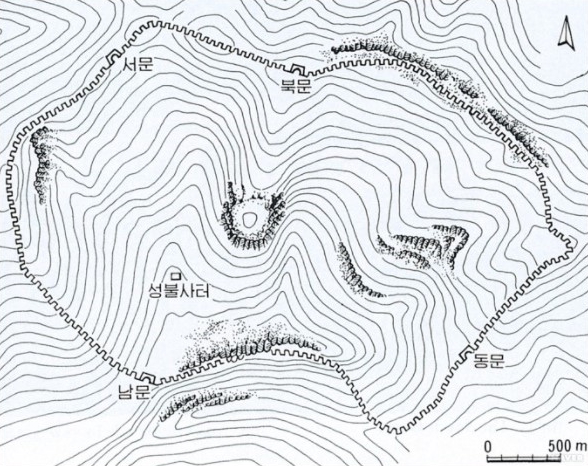
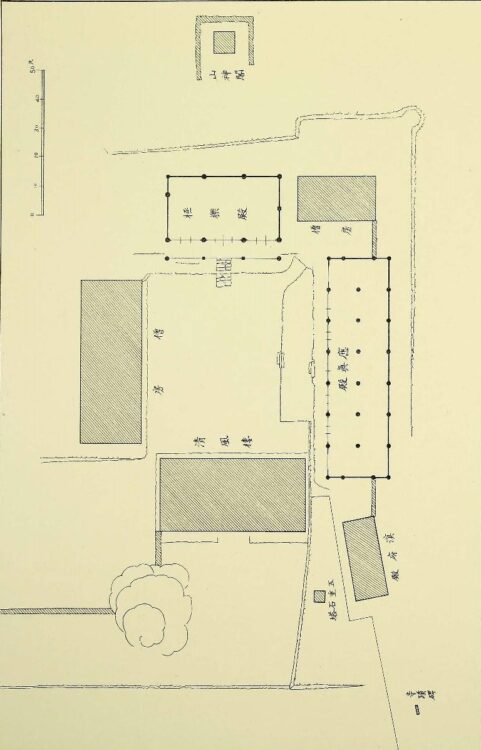
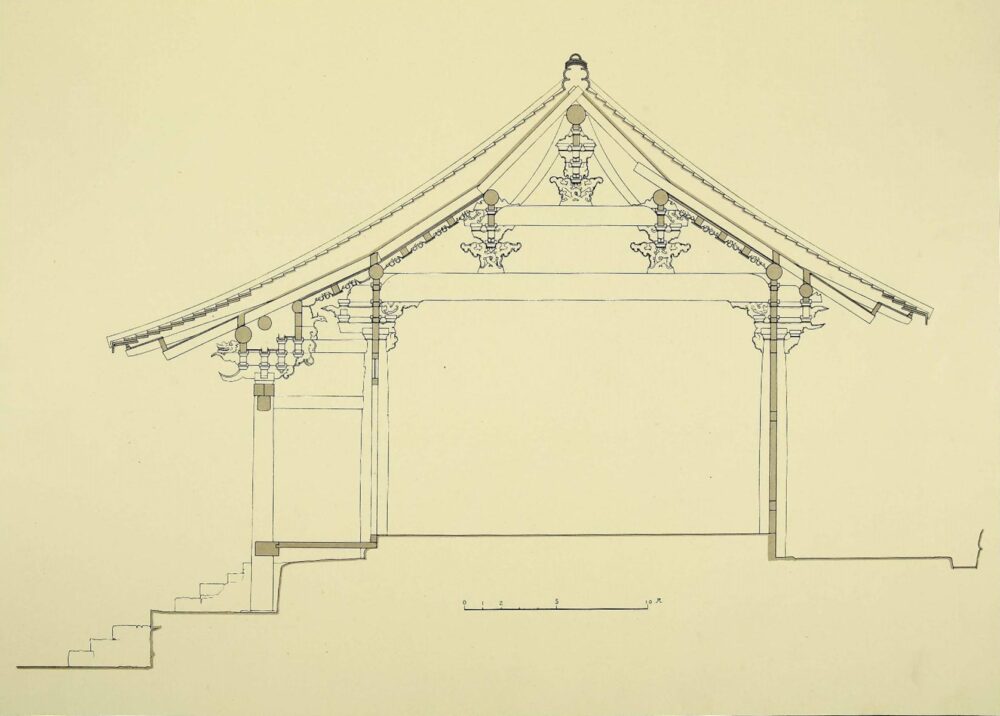
Temple Layout
As you make your way towards the temple grounds, you’ll first pass through the Chongpung-ru Pavilion [Cheongpung-ru]. The pathway leading through the entry gate is slightly lower than the two slightly elevated pavilions where people can rest or meditate. As for the Chongpung-ru Pavilion, it’s decorated with beautiful dancheong colours. Also housed inside this pavilion is a green mokeo (wooden fish drum). The mokeo has a fish body and a large dragon head.
Having passed through the wide Chongpung-ru Pavilion, you’ll enter into the main temple courtyard at Songbulsa Temple. Standing in the centre of the temple courtyard is a five-story stone pagoda that dates back to the Goryeo Dynasty (918-1392). Backing this slender pagoda is the Kukrak-jeon Hall [Geukrak-jeon Hall]. The Kukrak-jeon Hall is the main hall at Songbulsa Temple, and it dates back to 1374. This makes it one of the oldest wooden structures in North Korea. The Kukrak-jeon Hall [Geukrak-jeon Hall] rests atop a raised stone platform. The exterior eaves of the main hall are adorned with intricate dancheong colours. And the front latticework is floral in design. Stepping inside the Kukrak-jeon Hall, you’ll find that the main hall is spacious and uncluttered. Resting on the main altar is a triad centred by Amita-bul (The Buddha of the Western Paradise), who is joined by Gwanseeum-bosal (The Bodhisattva of Compassion) and Daesaeji-bosal (The Bodhisattva of Wisdom and Power for Amita-bul). Conspicuously absent is the datjib (canopy) over top the main altar triad. Looking around the interior of the Kukrak-jeon Hall [Geukrak-jeon Hall], you’ll find that it’s also adorned with beautiful dancheong colours, as well as murals of dragons, white elephants, and blue haetae.
To the left of the Kukrak-jeon Hall [Geukrak-jeon Hall] is the Unha-dang Hall. And to the right of the main hall is the historic Ungjin-jeon Hall [Eungjin-jeon Hall]. This is the oldest building at Songbulsa Temple, which is saying something because the Kukrak-jeon Hall [Geukrak-jeon Hall] dates back to 1374. The historic Ungjin-jeon Hall dates back to 1327, making it one of the oldest wooden structures in North Korea, as well. The Unjin-jeon Hall sits atop a raised stone platform. To the left and right of the shrine hall’s entryway are a pair of Geumgang-yeoksa (Vajra Warrior). As for the eaves of this historic structure, they are adorned with different Buddhas and Bodhisattvas. As for the Ungjin-jeon Hall [Eungjin-jeon Hall] itself, it’s rather long; longer, in fact, than the main hall at Songbulsa Temple. Stepping inside the Ungjin-jeon Hall [Eungjin-jeon Hall], you’ll find a main altar triad centred by Seokgamoni-bul (The Historical Buddha). This triad is then surrounded by 500 statues of the Nahan (The Historical Disciples of the Buddha). Hard to tell what they’re made of, whether it’s wood, stone, or something else, but they are all expressive and colourful.
To the right of the Ungjin-jeon Hall is the temple’s Myongbu-jeon Hall [Myeongbu-jeon Hall]. Like the Ungjin-jeon Hall, the Myongbu-jeon Hall rests atop a stone platform. The exterior walls are adorned with understated dancheong colours. To the right and left of the signboard that identifies the shrine hall, you’ll see two intricate, swirling wooden designs dedicated to Gwimyeon (Monster Mask). They rest in a opening between a structural beam and the eaves of the building. As understated as the exterior is, the interior is filled with bold colours. The statue of Jijang-bosal (The Bodhisattva of the Afterlife) rests alone on the main altar under a massive red datjib (canopy). On either side of the main altar are ten total paintings dedicated to the Siwang (The Ten Kings of the Underworld). They are fronted by three statues on either side, six in total, of the Siwang and a pair of guardians. The interior of the Myongbu-jeon Hall is beautifully illustrated with a pair of swirling dragons at the front of the large, red canopy. The ceiling is adorned with Bicheon (Flying Heavenly Deities), as well as lotus flower paintings.
Somewhere on the temple grounds, probably between the Kukrak-jeon Hall [Geukrak-jeon Hall] and the Unjin-jeon Hall [Eungjin-jeon Hall], you’ll find the compact Sanshin-gak Hall. This shaman shrine hall is a rarity at a North Korean temple. The front of the diminutive structure is adorned with bamboo murals. As for the painting of Sanshin (The Mountain Spirit) inside the Sanshin-gak Hall, it’s a modern painting. And Sanshin is joined by a inquisitive tiger and a large dongja (attendant) in the altar painting.
How To Get There
For now, in today’s political climate, you don’t. But hopefully one day soon we can. Below is a map of where to find Songbulsa Temple in Sariwon, Hwanghaebuk-to, North Korea.
Overall Rating: 9/10
Anytime there’s a North Korean temple, which Songbulsa Temple [Seongbulsa Temple] is, it rates a little higher because of its off-limit nature. With that being said, Songbulsa Temple has a couple beautiful highlights. They are the Kukrak-jeon Hall [Geukrak-jeon Hall] and the Ungjin-jeon Hall [Eungjin-jeon Hall]. Both of these structures date back to the 14th century and are architecturally impressive both inside and out. Another highlight to this temple is the colourful interior of the Myongbu-jeon Hall [Myeongbu-jeon Hall] and the rare Sanshin-gak Hall.
Historical Pictures of Songbulsa Temple
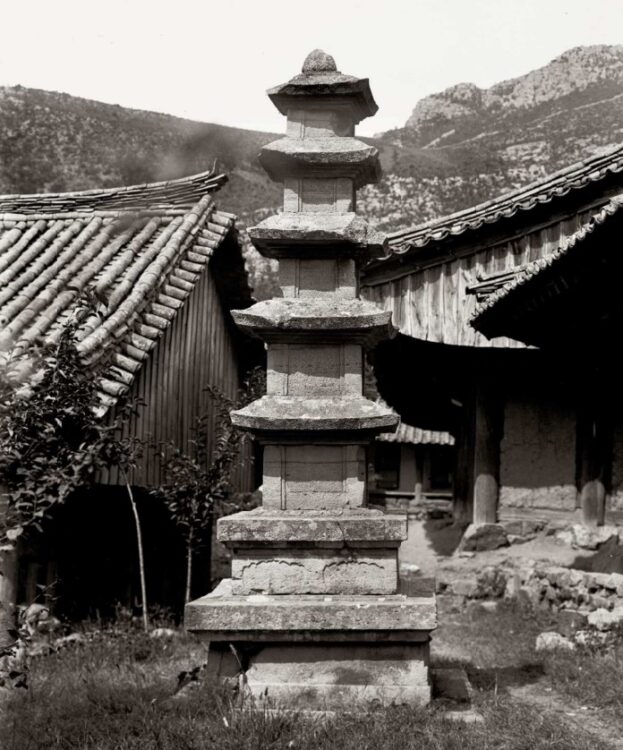
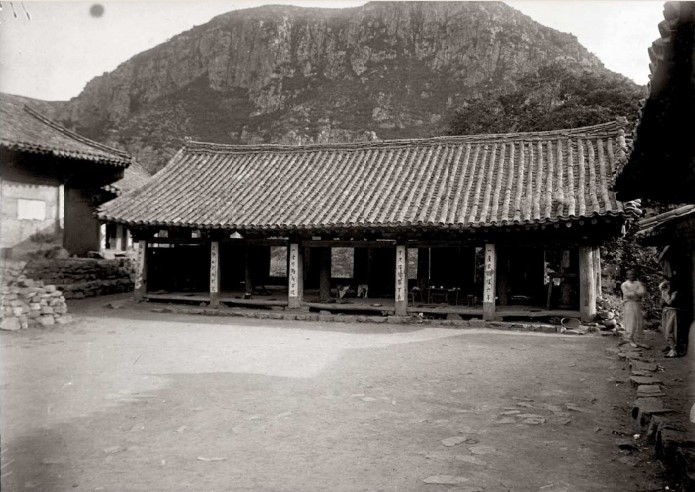
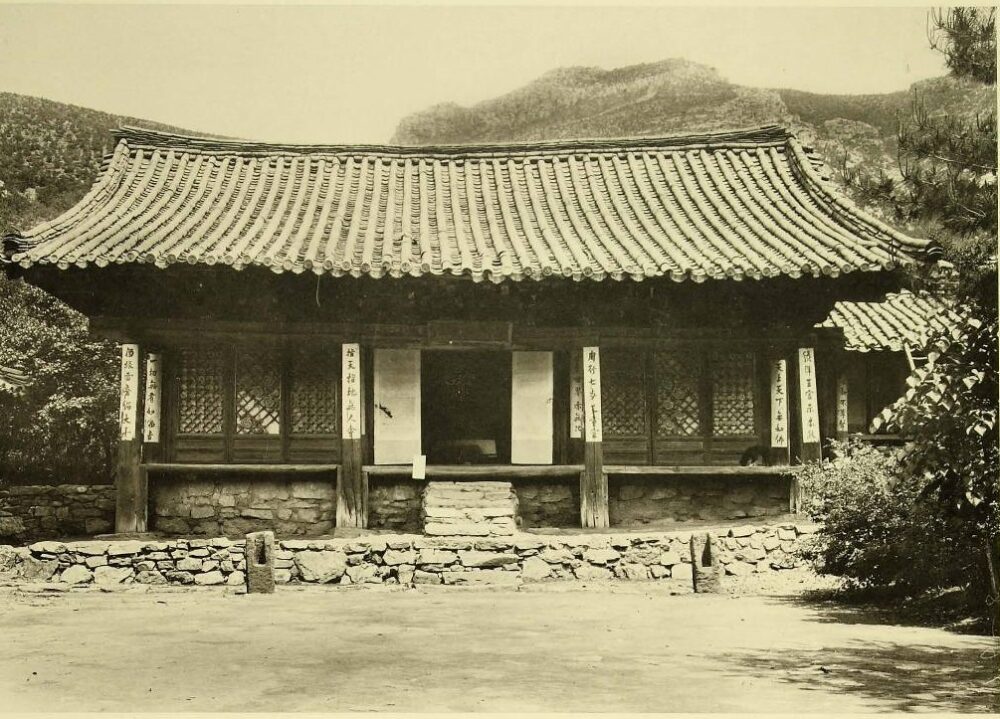
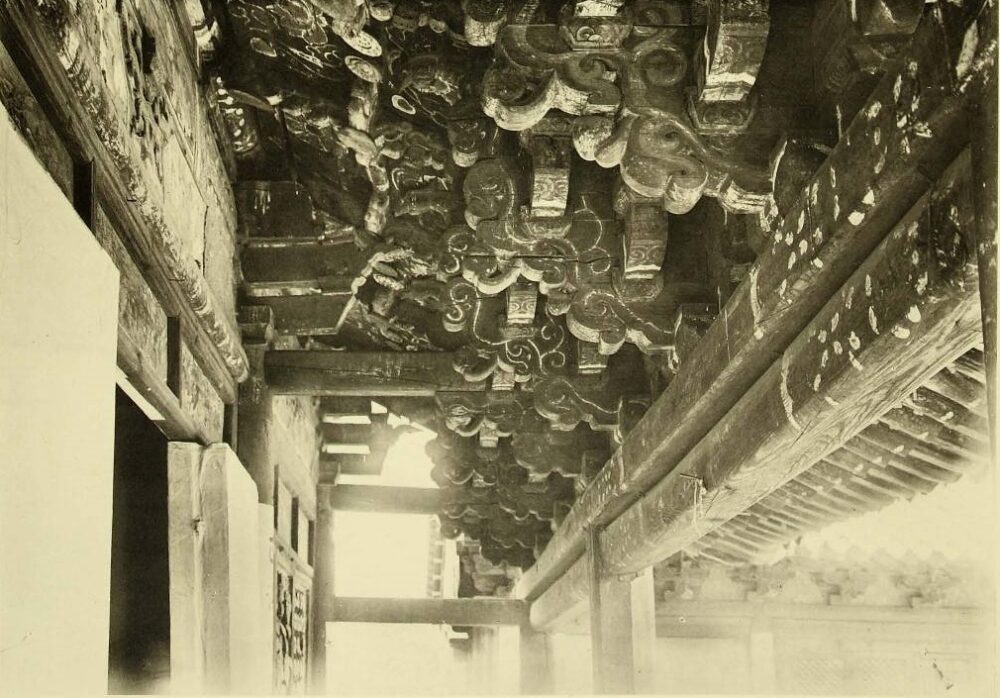
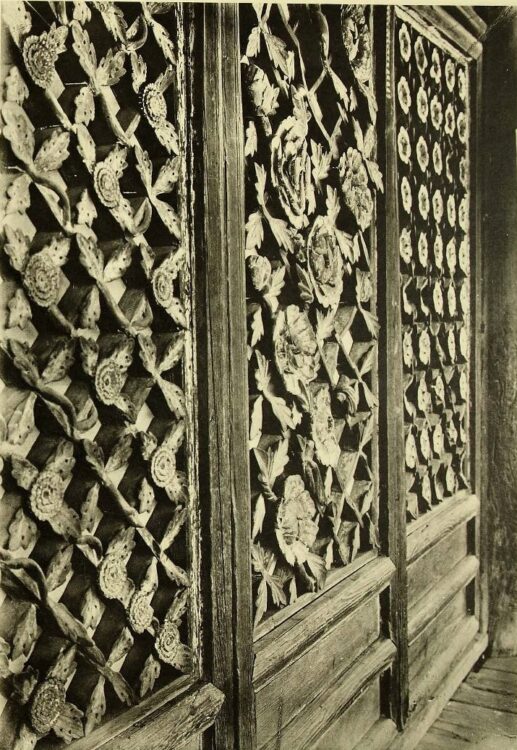
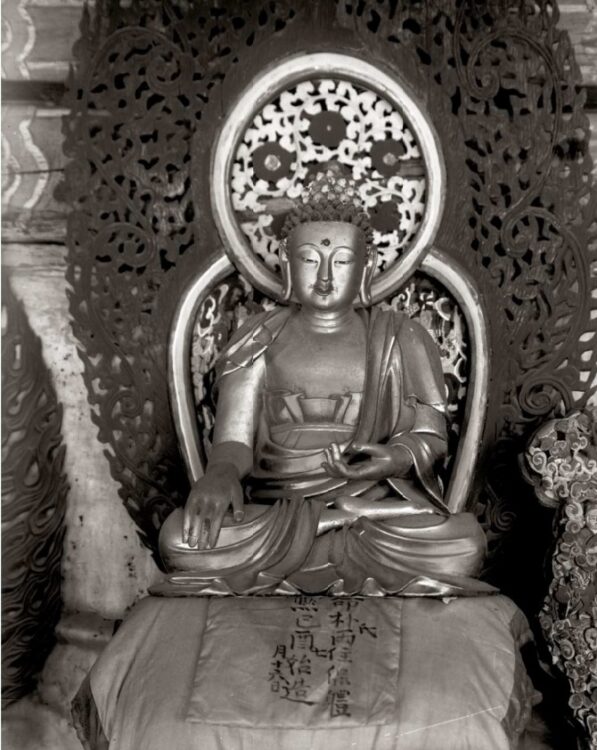
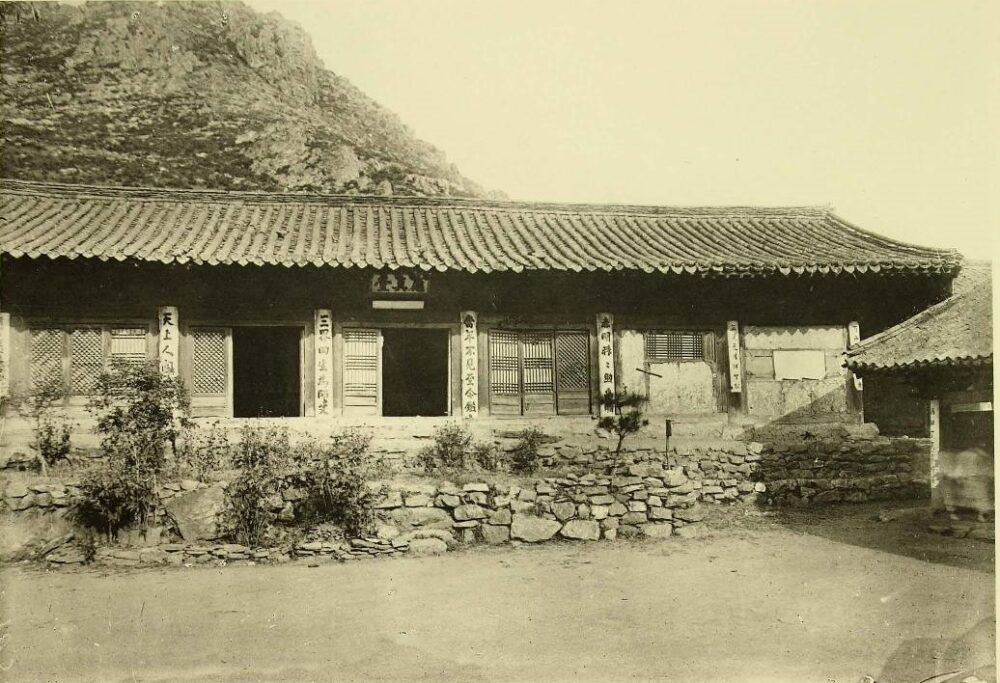
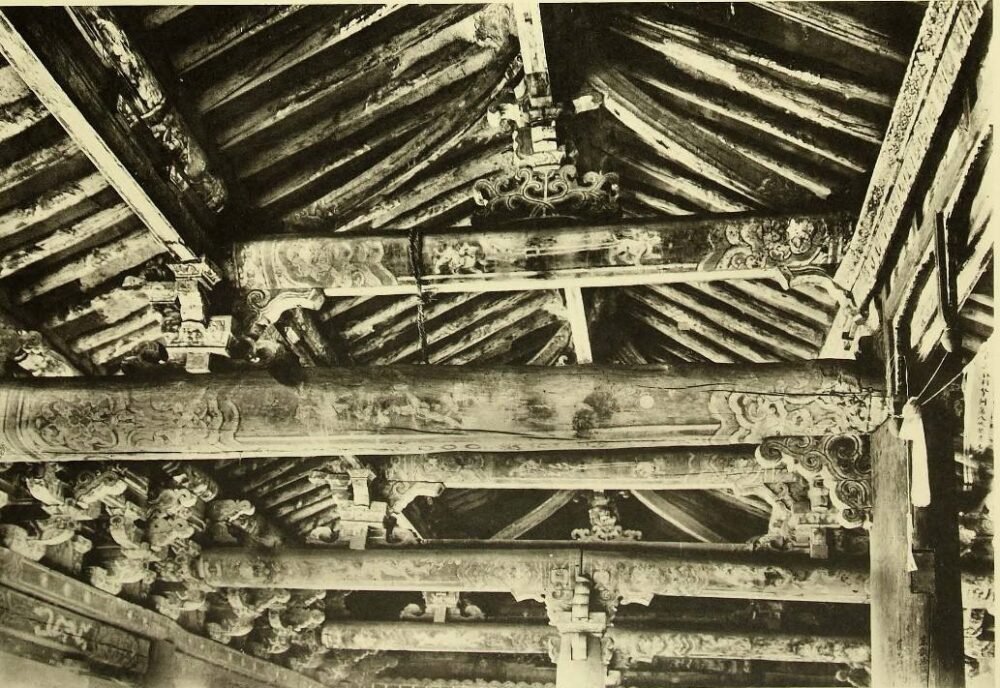
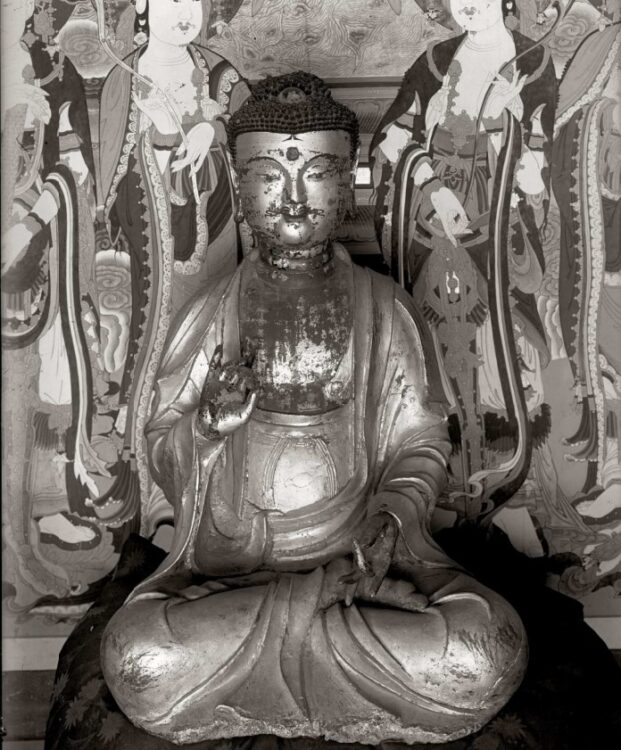
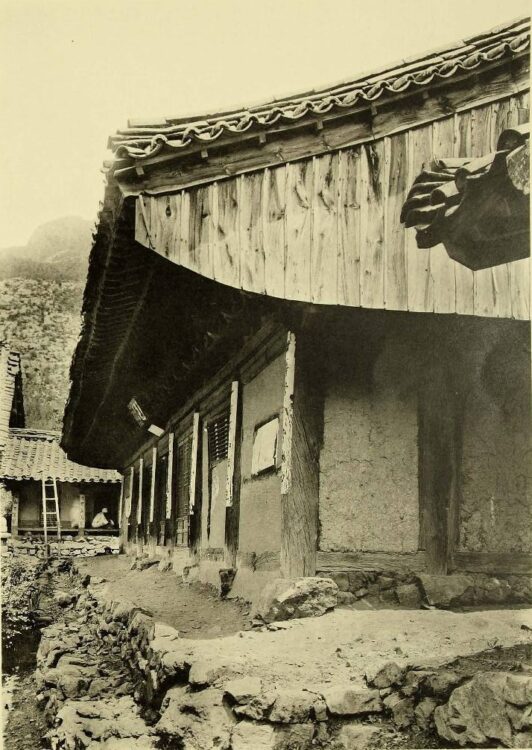
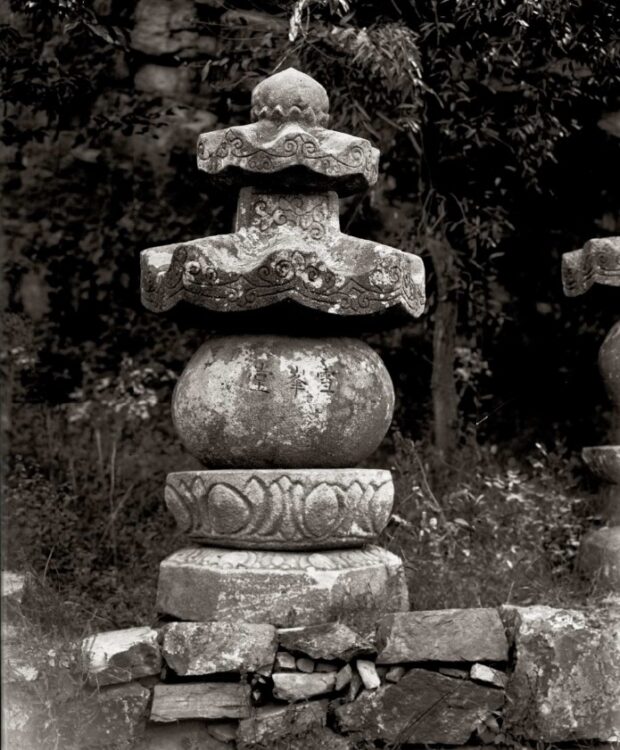
Songbulsa Temple Now
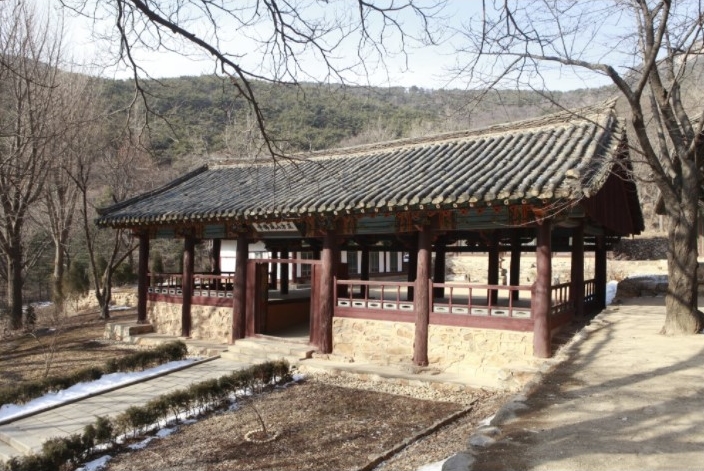



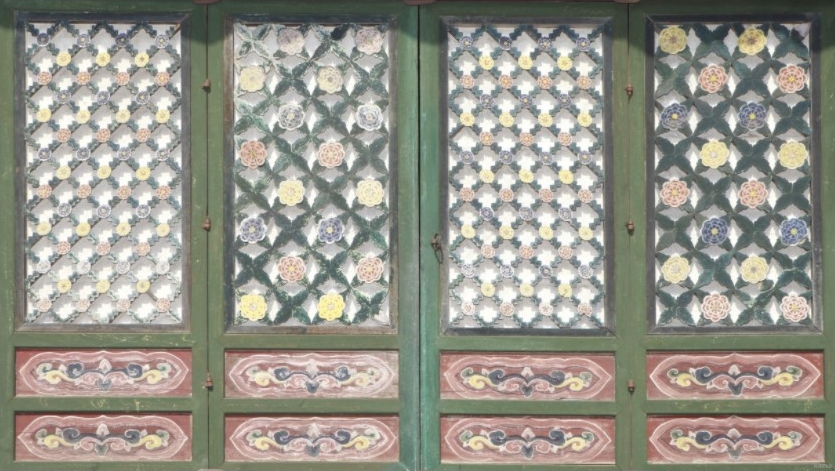
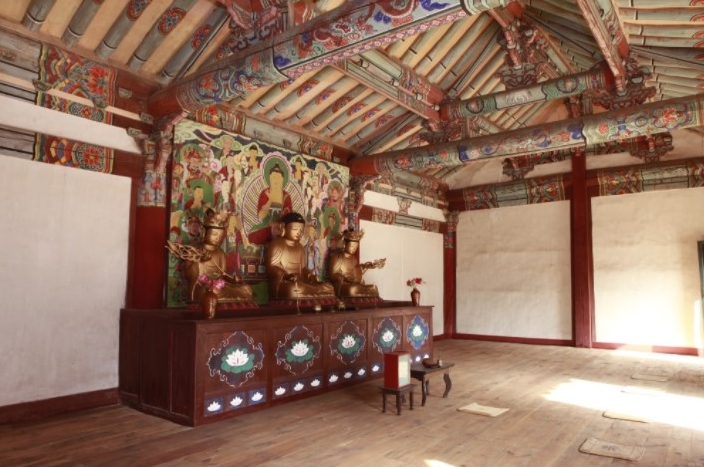
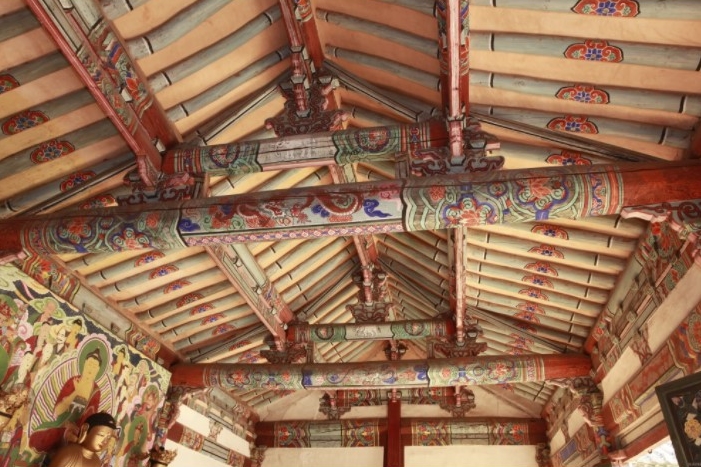
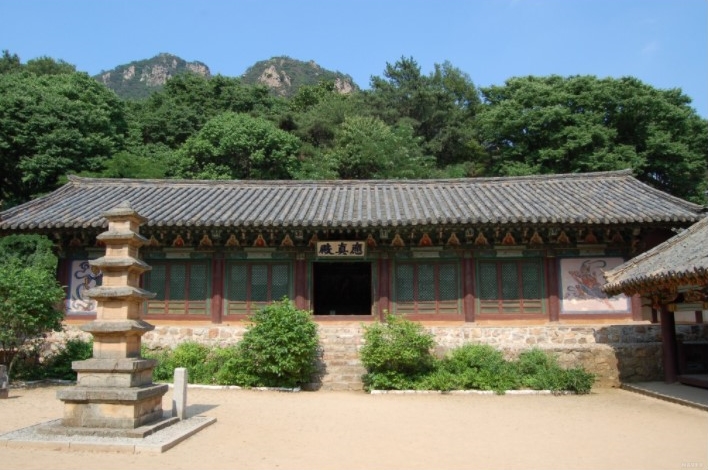
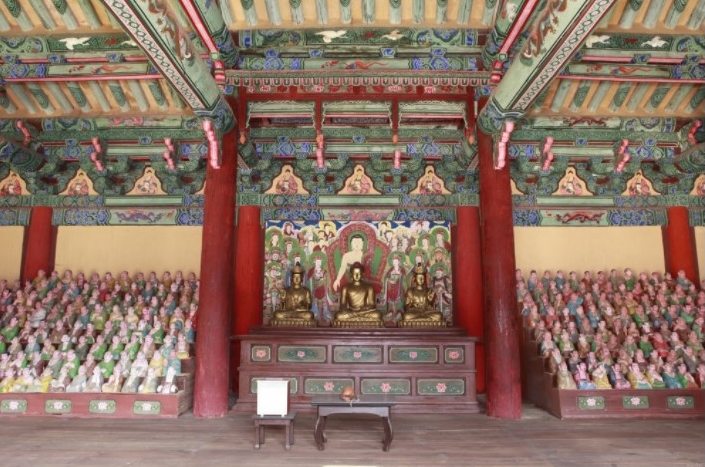
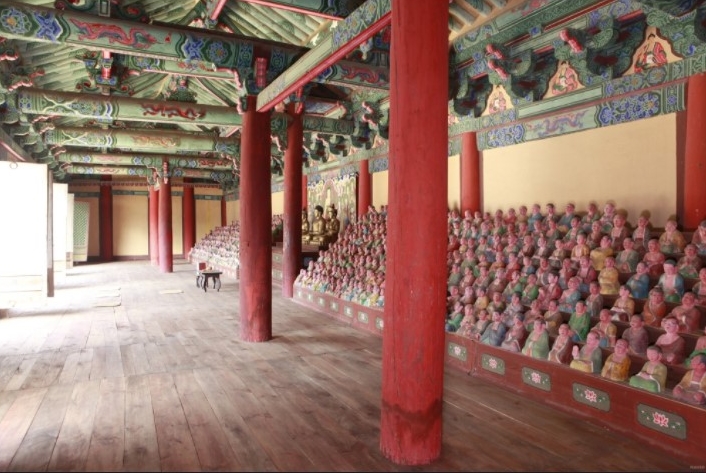

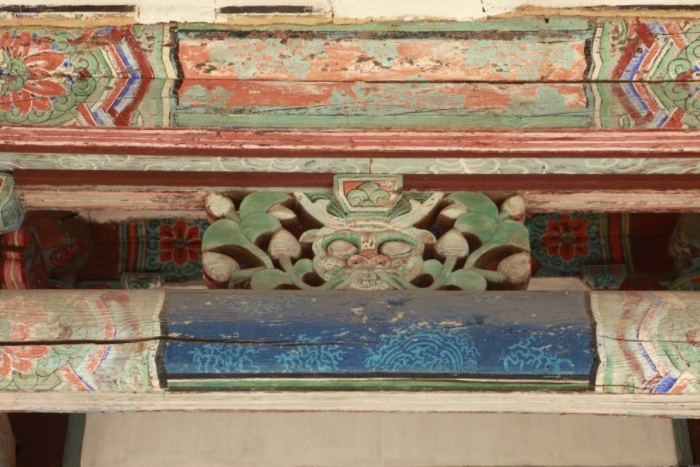
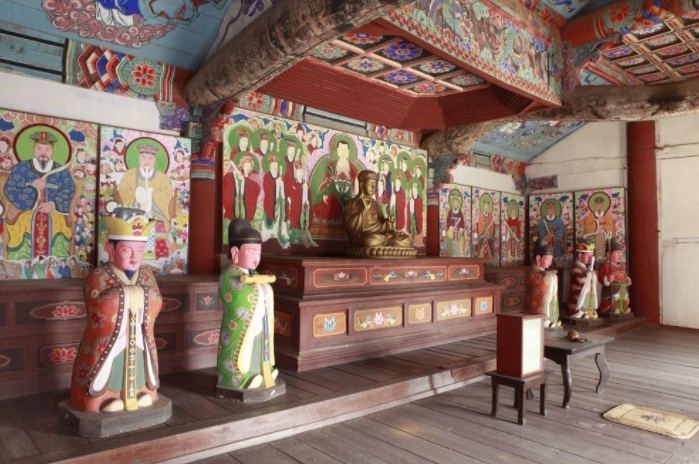
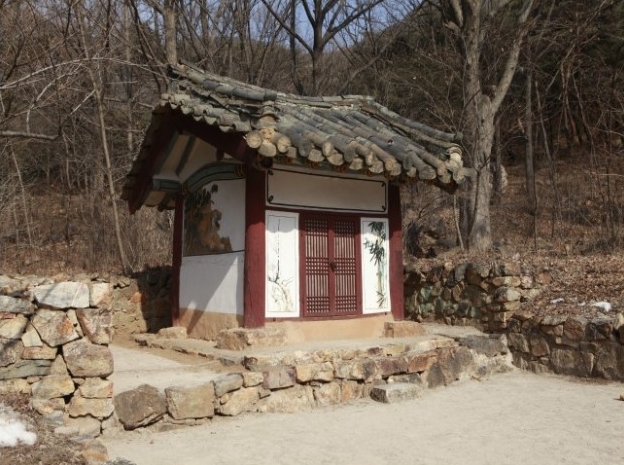

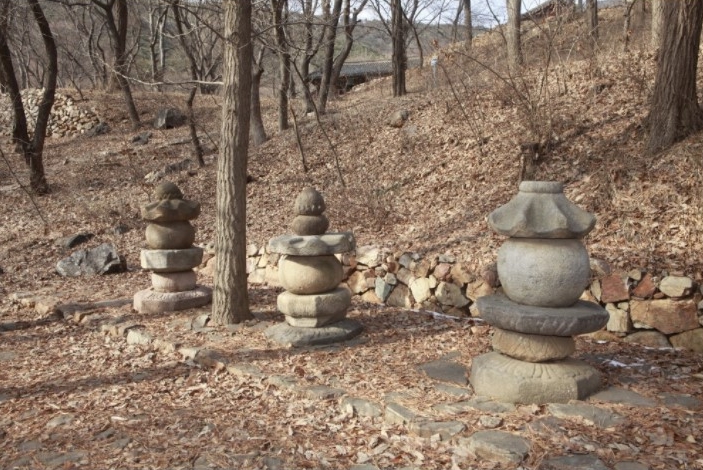


Recent comments